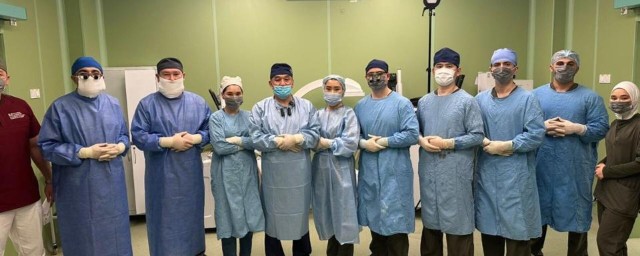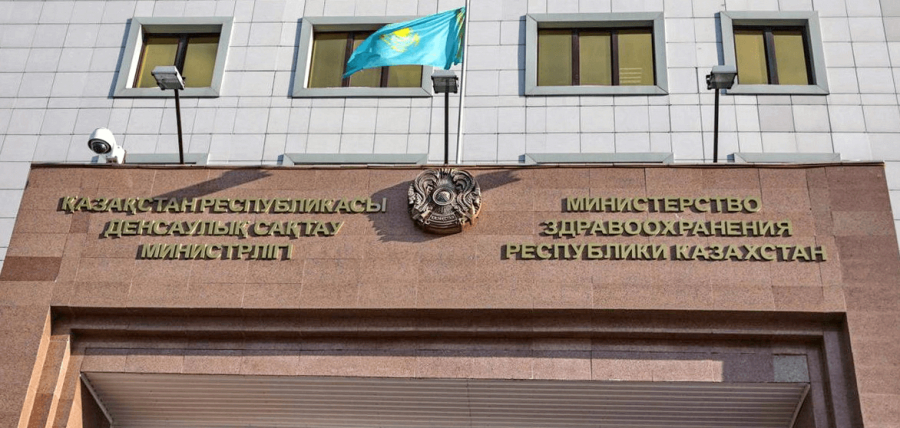
A quantum microscope, developed
by Kazakh scientist Mukhit Kulmaganbetov, will enable domestic specialists to
effectively detect eye diseases at an early stage. The apparatus of the young
scientist works with the use of a quantized photon, which is a unique approach
utilized only by two devices in the world in Canada and Hong Kong.
“A photon can undergo a
structural change when it is transmitted from one object to another, from the emitter
to the absorber, and travels that distance. We want it to remain unchanged. Therefore, we
only need to change its quantized state before sending it. Thus, when a
quantized photon reaches the receiver, it can change and be restored. This
self-healing process is one of the features of quantized or wandering photons,”
said Mukhit Kulmaganbetov, head of the Hong Kong Laboratory for quantum
ophthalmology.
Kulmaganbetov became interested
in ophthalmology while studying at the Asfendiyarov Kazakh National Medical
University in Almaty. Being one of the top students at the university, he
received additional education in various foreign programs. During medical residency
at the Kazakh Research Institute of Eye Diseases, the young scientist was
invited to pursue a PhD degree at the Cardiff University in the UK, where he
conducted various studies and wrote AI codes. Later, in cooperation with other
scientists, Kulmaganbetov created an optical tomograph, which enables
ophthalmologists to see changes in the retina at the molecular level.
“One of the disorders we focus on
is macular degeneration, the most common type of pathology worldwide which
leads to irreversible vision loss. If we can move this project forward and
further make it available to all ophthalmologists and all people, we will be
able to diagnose and treat in advance not only eye diseases such as macular
degeneration, retinal dystrophies, and glaucoma but also those related to the central
nervous system, including Alzheimer's and Parkinson's diseases,” he noted.
Kulmaganbetov intends to further
study the optical properties of the eye. The Kazakh scientist plans to work on
a project with Donna Strickland, the Nobel Prize winner and developer of the
laser for vision correction. Besides, the young scientist, together with the NASA
U.S. agency, plans to create a specialized program for astronauts who suffer
from eye diseases.









